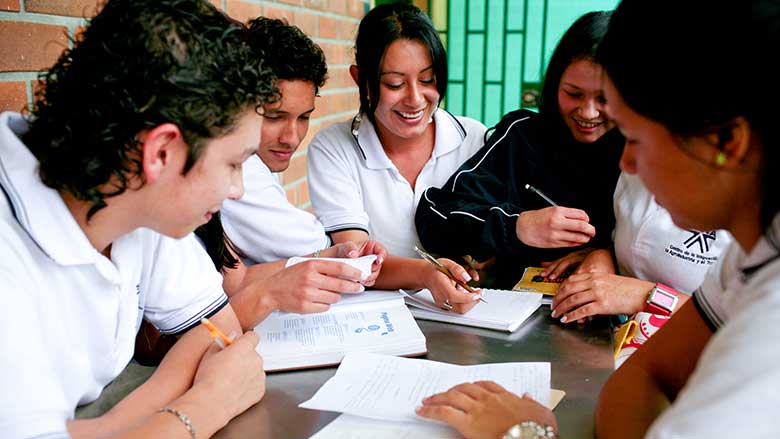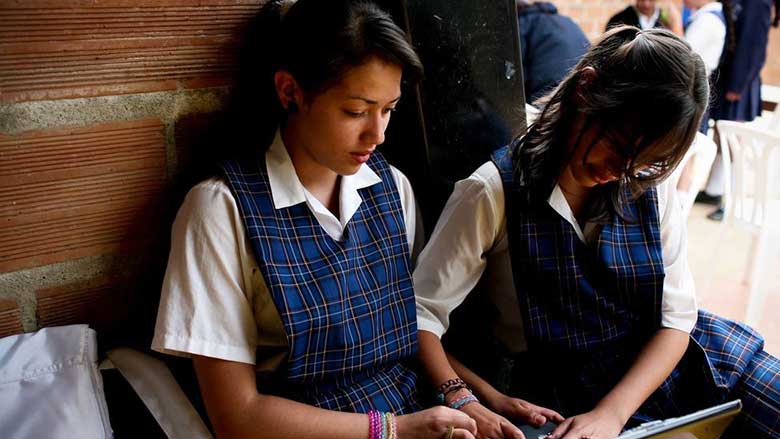Challenge
The subsystems comprising Mexico’s upper secondary educational structure worked independently and without clearly defined national policies. Also lacking were adequate quality assurance mechanisms to guarantee the relevance of the education provided and to avoid excessive, ineffective, or inappropriate transfers of students between subsystems. These gaps in efficacy help explain the persistently high dropout rate (only about 60 percent of students enrolled in USE graduated) and the low levels of achievement and learning among Mexican students. In 2008 only 15.6 percent of the students in 12th grade scored at levels considered good or excellent on the mathematics portion of the census-based standardized test (ENLACE). Upper secondary education represented a major bottleneck in the education system: few students were graduating, leading to a lack of skilled workers. Preparing Mexico’s workforce for the knowledge economy required a different kind of education system — one that emphasized new competencies and analytical ability and responded to the demands of the productive sector.
Approach
Between 2010 and 2016, with the Series of Programmatic Development Policy Loans on Upper Secondary Education, the World Bank provided general budgetary support to back up reforms creating the institutional basis for the National Upper Secondary Education System (Sistema Nacional de Bachillerato, SNB). The development policy loan (DPL) series supported key policy actions to improve the quality, relevance, and equity of upper secondary education in Mexico, and Bank engagement in the reforms proved essential to guaranteeing policy continuity through the changes in ruling party and administration in December 2012. In addition, the technical collaboration between the Bank and the government helped foster reforms based on evidence and international best practices. For instance, an impact evaluation provided information useful in better targeting scholarships to the poor. In addition, just-in-time technical assistance helped overcome some obstacles faced during reform implementation; for example, workshop recommendations on international best teaching practices led to critical design improvements in the Programa de Formación Docentes, the teacher-training program introduced with the reform.


